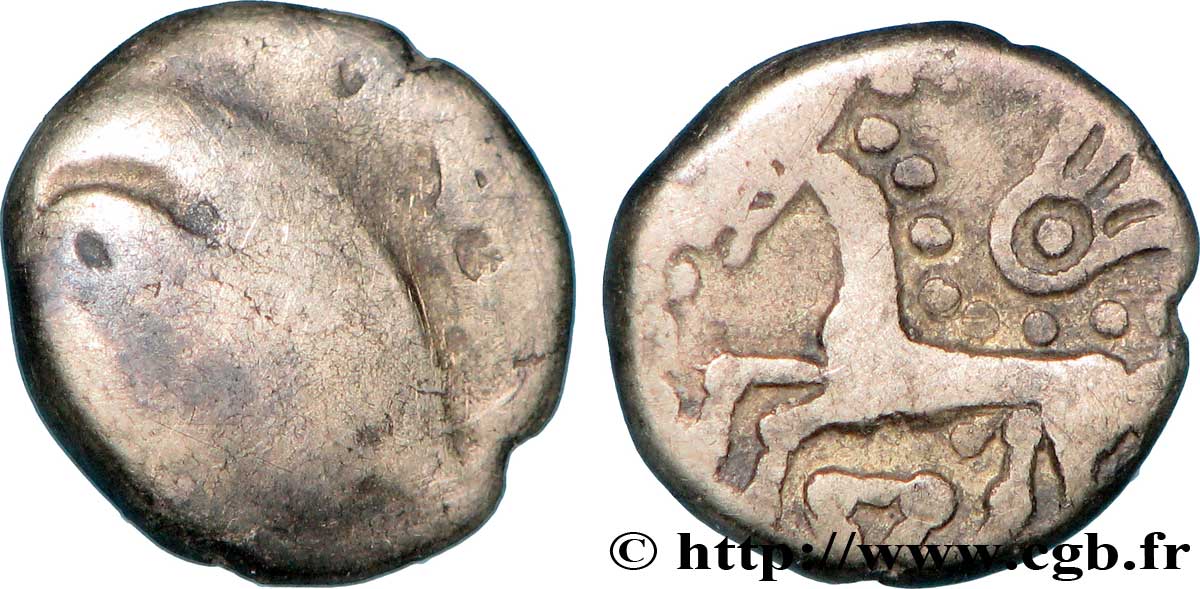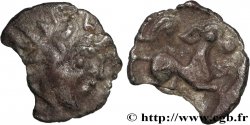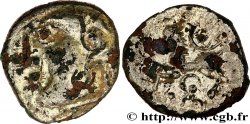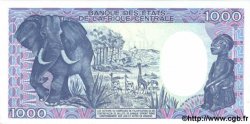v57_0406 - LEMOVICES / BITURIGES, UNSPECIFIED Quart de statère à la lyre et au triangle
MONNAIES 57 (2013)
Precio de inicio : 280.00 €
Valoración : 500.00 €
lote sin vender
Precio de inicio : 280.00 €
Valoración : 500.00 €
lote sin vender
Tipo : Quart de statère à la lyre et au triangle
Fecha: Ier siècle avant J.-C.
Nombre del taller / ciudad: Limoges (87)
Metal: electrum
Diámetro: 11 mm
Eje de acuñación: 5 h.
Peso: 1,54 g.
Grado de rareza: R3
Comentarios sobre el estado de conservación:
Droit lisse ou très usé, mais très beau revers assez bien venu malgré un flan court. Agréable patine lisse avec une bel aspect
N° en los catálogos de referencia :
Anverso
Descripción del anverso: Lisse.
Reverso
Titulatura del reverso: ANÉPIGRAPHE.
Descripción del reverso: Cheval à gauche, la crinière bouletée ; une lyre au-dessus ; un triangle bouleté sous le cheval.
Comentario
Cette monnaie appartient à la série 1106 du Nouvel Atlas “Quarts en or tardifs sans unité-statère” et plus précisément au Type II “au triangle”. Si cet exemplaire semble uniface, c’est qu’il a vraisemblablement été frappé avec un coin de droit très usé. Le DT. 3478 présente un même revers, mais associé à une belle petite tête à droite. Ce quart était considéré comme inédit jusqu’à sa parution dans le Nouvel Atlas.
This coin belongs to series 1106 of the New Atlas “Late gold quarters without stater unit” and more precisely to Type II “with triangle”. If this example appears to be uniface, it is because it was probably struck with a very worn obverse die. DT. 3478 has the same reverse, but associated with a beautiful small head to the right. This quarter was considered unpublished until its publication in the New Atlas
This coin belongs to series 1106 of the New Atlas “Late gold quarters without stater unit” and more precisely to Type II “with triangle”. If this example appears to be uniface, it is because it was probably struck with a very worn obverse die. DT. 3478 has the same reverse, but associated with a beautiful small head to the right. This quarter was considered unpublished until its publication in the New Atlas








 Informar de un error
Informar de un error Imprimir la página
Imprimir la página Comparte mi selección
Comparte mi selección Haz una pregunta
Haz una pregunta Consignar / vender
Consignar / vender
 Descriptivo
Descriptivo















